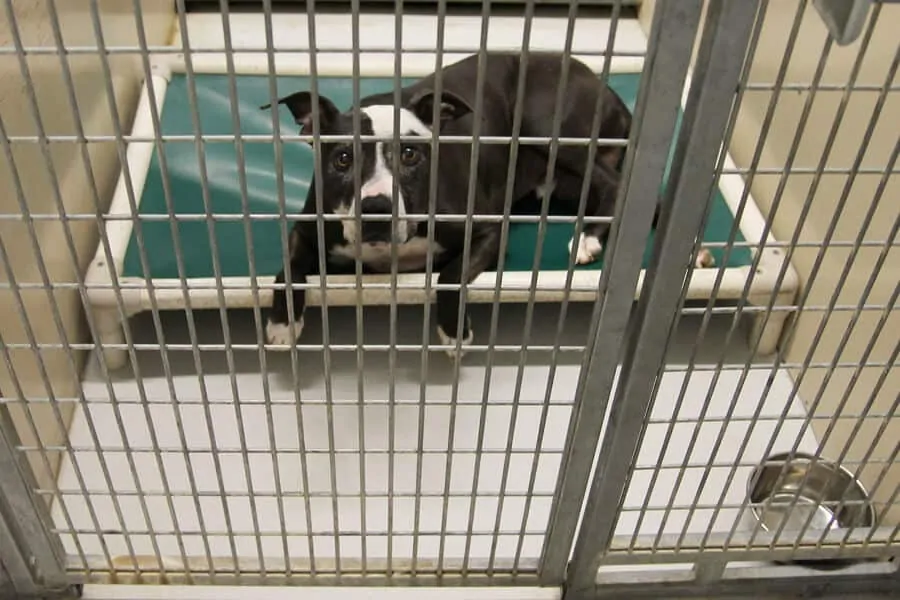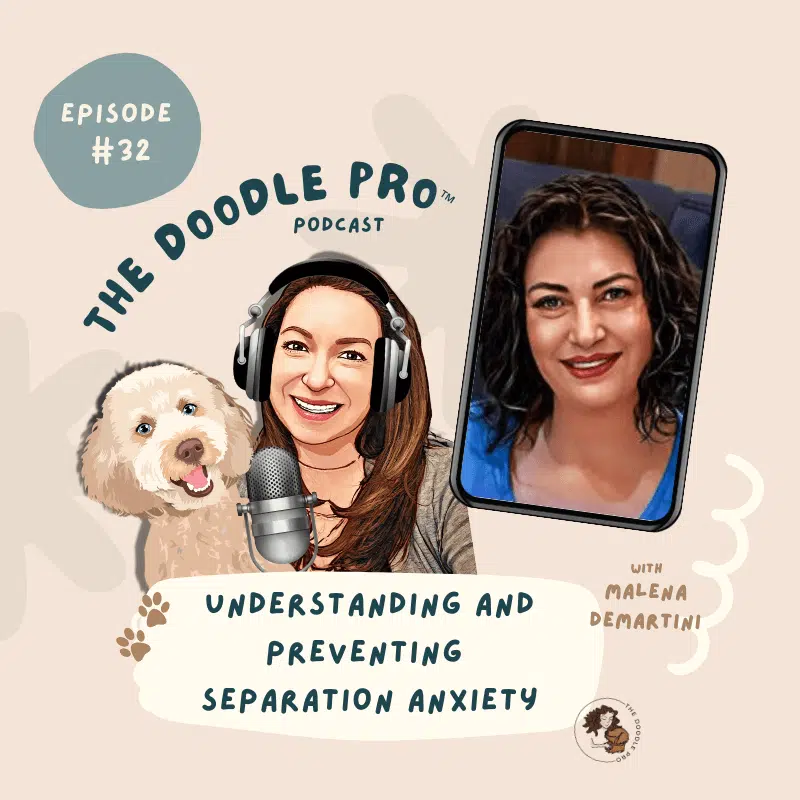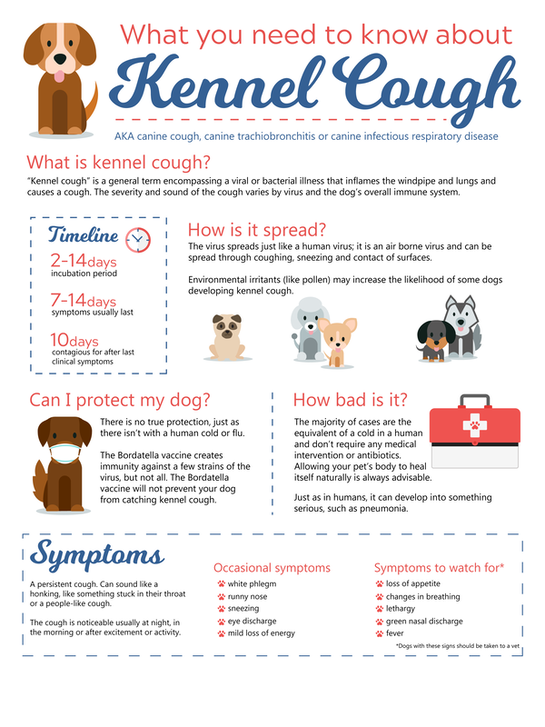Unleashing the Truth: Pros And Cons of Dog Sleeping in Crate
Last Updated on September 9, 2024 by Petpalace54
Dog sleeping in crate has both pros and cons. The advantages include providing a secure and safe place for the dog, while the disadvantages include potential confinement and lack of exercise.
Many dog owners have different opinions when it comes to allowing their pets to sleep in a crate. Some believe that it is a good way to keep their dogs safe and secure, while others feel that it is cruel to confine them.
There are, however, both pros and cons to consider. On the positive side, crates provide a safe and secure place for dogs to sleep and rest, which can be especially important for puppies and rescue dogs. Additionally, crates can be helpful in house training and preventing destructive behavior while you are away from home. On the other hand, crates can be seen as a form of confinement and may limit a dog’s exercise and natural behavior. Some dogs may also develop anxiety or fear of their crates if they are overused or misused. Overall, the decision to allow your dog to sleep in a crate should be based on your individual dog’s needs and preferences, as well as your own personal beliefs and lifestyle.
Table of Contents
Pros Of Dog Sleeping In Crate
A dog sleeping in a crate can be beneficial when training a new puppy or during travel. It provides them with their own space, a sense of security, and reduces the risk of accidents or destructive behavior at night.
As a dog owner, you might be wondering whether or not it’s a good idea to have your furry friend sleep in a crate. While there are certainly pros and cons to this approach, there are several benefits to having your dog sleep in a crate overnight. Here are some of the pros of dog sleeping in a crate:Provides A Safe Haven
A crate can provide a sense of security and comfort for your dog. Dogs are den animals by nature, and they often feel safer and more secure when they have a designated space they can call their own. A crate can also protect your dog from household hazards, such as electrical cords or toxic plants, and can help prevent them from getting into things they shouldn’t.Prevents Destructive Behaviour
Dogs who are left to roam freely throughout the house overnight may be tempted to chew on furniture, dig up carpet, or get into the trash. By providing a crate for your dog to sleep in, you can prevent these types of destructive behaviours and protect your home.Aids In Potty Training
One of the greatest benefits of having your dog sleep in a crate is that it can aid in potty training. Dogs are instinctively hesitant to soil their sleeping areas, so if your dog is confined to a crate overnight, they will be less likely to have accidents inside the house. Additionally, by keeping your dog in a crate overnight, you can develop a routine for taking them outside first thing in the morning, which can further reinforce good potty habits.Overall, there are many benefits to having your dog sleep in a crate. From providing a safe haven to preventing destructive behaviour and aiding in potty training, a crate can be a valuable tool for both you and your furry friend.
Credit: www.audible.com
Cons Of Dog Sleeping In Crate
If you are considering crate training for your dog, then you should also be aware of the drawbacks. While crates are suitable for providing a sense of security to your furry friend, it’s important to understand the potential negative impacts that could arise. Here are some of the main cons to consider:
Affects Dog’s Physical Health
One of the biggest downsides of crate sleeping is that it can have physical health implications over time. Crates are usually small and cramped, which can negatively affect your dog’s posture and spinal alignment. Likewise, long periods of confinement can cause your pet to develop muscle stiffness, joint problems, or even urinary tract infections. This is especially true if the crate is too small or if your dog is forced to sleep in it for extended periods.
Can Lead To Separation Anxiety
Another potential downside of crate sleeping is that it can lead to separation anxiety, especially if your dog has to spend too much time inside the crate. Dogs that are confined to a small space for extended periods may become distressed, anxious, and restless, which could manifest in destructive behavior or vocalization. Additionally, excessive crate use could make your dog more dependent on you, leading to intensified anxiety when you’re not around.
May Develop Behavioral Issues
Finally, crate sleeping may lead to behavioral issues in some dogs. While a crate can provide a safe haven for your pet, it can also hinder socialization, communication, and play. This is especially true if the crate is the only place your dog feels comfortable. Over time, your dog may start avoiding social interactions or become aggressive or anxious around other dogs or people. Moreover, crates can become a negative association for your pet. If your dog feels trapped or isolated in the crate, it can start associating the crate with negative feelings, increasing its stress levels.
Factors To Consider
Before deciding whether to let your dog sleep in a crate, it’s important to weigh the pros and cons. Consider factors such as your dog’s preferences, age, and activity level, as well as your living situation and schedule. A crate can be a helpful tool for safety and training, but it’s important to ensure your dog is comfortable and happy with the arrangement.
Factors to Consider:When it comes to deciding whether your dog should sleep in a crate or not, there are several factors you need to consider. One of the main factors is your dog’s individual needs. Each dog is different and what works for one may not work for another. Other factors such as size of the crate, length of time in the crate, age of the dog, and training and conditioning should also be taken into account.Dog’s Individual Needs:It is important to consider your dog’s individual needs before deciding whether or not to use a crate. Some dogs feel more secure in a crate while others may become anxious and stressed. If your dog enjoys its crate and shows no signs of stress or anxiety, then it may be a great option for them. However, if your dog is stressed and uncomfortable in a crate, it may not be the best choice.Size of the Crate:The size of the crate is also an important factor to consider. Your dog should have enough room to stand up, turn around, and lie down comfortably. A crate that is too small can cause discomfort and may even be harmful to your dog’s physical health. On the other hand, if the crate is too large, your dog may use one end as a bathroom area and the other end for sleeping.Length of Time in the Crate:The amount of time your dog spends in the crate is also an important factor to consider. While some dogs may only need to be in a crate for short periods of time, others may need to spend longer hours. You should never leave your dog in a crate for extended periods of time without giving them a break and allowing them to exercise and stretch their legs.Age of the Dog:The age of your dog is another factor to consider. Young puppies may need to spend more time in a crate for their own safety and comfort. Older dogs may not need a crate at all, but may benefit from having a comfortable bed to sleep in.Training and Conditioning:Finally, training and conditioning play a crucial role in whether or not your dog will be comfortable in a crate. Crate training should be done gradually and with patience. It is important to associate the crate with positive experiences such as treats and toys. With proper training and conditioning, your dog can learn to feel comfortable and secure in their crate.In conclusion, when deciding whether or not your dog should sleep in a crate, it is important to consider all of these factors. By taking the time to carefully evaluate your dog’s individual needs and circumstances, you can make an informed decision that will provide your dog with comfort and security.Alternatives To Crating
Allowing your furry friend to sleep in a crate has its advantages like providing a secure and comfortable den-like space. However, there are also alternatives to crating such as using a dog bed or baby gate which may be suitable depending on the dog’s personality and behaviour.
Crating can be a very useful tool for dog owners, as it provides a safe space for the dog to sleep while also keeping them out of trouble. However, there are some downsides to crating that may make it less than ideal for some owners and their dogs. Fortunately, there are alternatives that can provide some of the same benefits without the drawbacks.Gate Or Playpen
One alternative to crating is to use a gate or playpen to limit your dog’s access to certain parts of your home. This can be especially useful if your dog is still in the process of being house trained and you want to limit their access to areas where they might have accidents. A gate or playpen can also be useful if you need to leave your dog alone for a short time but don’t want to confine them to a crate.Dog Bed Or Cushion
Another alternative to crating is to provide your dog with a comfortable bed or cushion to sleep on. This can be a good option if your dog is not prone to destructive behavior and you trust them to stay out of trouble while you’re away. A comfortable bed or cushion can also provide your dog with a sense of security and comfort, which can help them sleep more soundly.Crate Placement
If you do decide to use a crate, it’s important to consider where you place it. A crate should be located in a quiet, low-traffic area of your home where your dog can feel safe and secure. You may also want to consider placing a blanket or towel over the crate to provide your dog with additional privacy.In conclusion, while crating can be a useful tool for dog owners, it’s not the only option. Gate or playpen, comfortable bed or cushion, and careful crate placement are all alternatives that can provide similar benefits while avoiding some of the drawbacks of crating. As with any training tool, it’s important to choose the option that works best for you and your dog.Training Process
Training your dog to sleep in a crate has its pros and cons. On the one hand, it provides a safe and comfortable space for your pet to rest. On the other hand, some dogs may feel confined and anxious in this type of environment.
It’s best to weigh the benefits and drawbacks before starting the crate training process.
Crate training can be a useful tool for both you and your dog. When done correctly and in a positive manner, it can provide your furry companion a safe space to rest and relax, especially during the night, and can encourage good behavior when it comes to potty training or avoiding destructive behavior. However, like any training method, crate training also has its pros and cons, especially during the training process. Here are some aspects to consider when introducing your dog to sleeping in a crate.Crate Introduction
When first introducing your dog to a crate, make it a positive experience by adding comfortable bedding, soft blankets, and toys for them to play with. Place treats or meals inside, giving your dog several opportunities to enter on their own terms. Don’t force your pet inside the crate or shut the door right away.Positive Reinforcement
It’s crucial to use positive reinforcement when introducing your dog to a crate. This can involve praising your dog with treats, toys, or verbal affirmations whenever they enter the crate or show signs of relaxation inside. Remember to only reward positive behavior and ignore negative behavior.Lengthening Time In Crate
The ultimate goal of crate training is to get your dog to sleep in a crate without problems. Start with shorter periods and gradually increase the time that your dog spends in the crate over the course of several days. Don’t let your dog out if they’re whining or barking. Instead, wait for a moment of silence before letting them out.Location And Timing
The location of your dog’s crate is important when it comes to training. Placing it in a high-traffic area can cause your dog to become anxious or overstimulated, while isolated areas can make them feel isolated and lonely. Timing is also crucial. Avoid placing them in the crate anytime they’re misbehaving or when punishment is needed.Gradual Transition To Bed Or Other Spot
Once your dog is comfortable sleeping in a crate, it’s time to transition to a bed or different spot in the house. Start by leaving the crate door open and placing a bed next to it. Then, move the bed further away from the crate gradually until it’s in a different spot altogether. Remember to use positive reinforcement during this phase as well.In conclusion, introducing your dog to crate training can provide a comfortable and safe space for your furry friend. It can take time, patience, and positive reinforcement, but with the right approach, your dog can learn to love their crate and sleep soundly throughout the night.
Credit: oxyfresh.com

Credit: tailoredpetservices.com
Frequently Asked Questions For Pros And Cons Of Dog Sleeping In Crate
Is It Ok For Dog To Sleep In Crate Every Night?
Yes, it is perfectly fine for a dog to sleep in a crate every night, as long as the crate is comfortable and safe for the dog. The crate should be large enough for the dog to stand, sit, lie down, and turn around comfortably, and should contain appropriate bedding.
Most dogs feel secure and relaxed in their crates and may even prefer them as a sleeping space.
Is It Better For Dogs To Sleep In Crate Or Bed?
Either option is fine, depending on your preference and the dog’s behavior. A crate can keep them safe and secure, while a bed can provide comfort. Observe your dog’s habits and make a decision based on what works best for both of you.
At What Age Should My Dog Stop Sleeping In A Crate?
Your dog can stop sleeping in a crate when they are approximately 6 months to 2 years old, depending on their breed and temperament. It is important to train them and gradually transition them to sleeping outside the crate to ensure their safety and comfort.
When Should I Stop Crating My Dog At Night?
Stop crating your dog at night when they are consistently potty trained and can hold their bladder for at least 8 hours. If your dog is destructive or anxious when left out, begin by leaving them out of the crate for short periods of time during the day, and gradually increasing the duration.
Make sure to provide plenty of exercise and mental stimulation before bedtime.
Conclusion
Overall, there are both pros and cons to having your dog sleep in a crate. While it can provide a safe and cozy environment for some dogs, others may find it stressful or uncomfortable. It’s important to consider your dog’s individual needs and personality before deciding whether or not to use a crate for sleeping.
With proper training and positive reinforcement, a crate can be a helpful tool in promoting good behavior and ensuring your dog’s safety. Ultimately, the decision to use a crate should be based on what works best for you and your furry friend.





